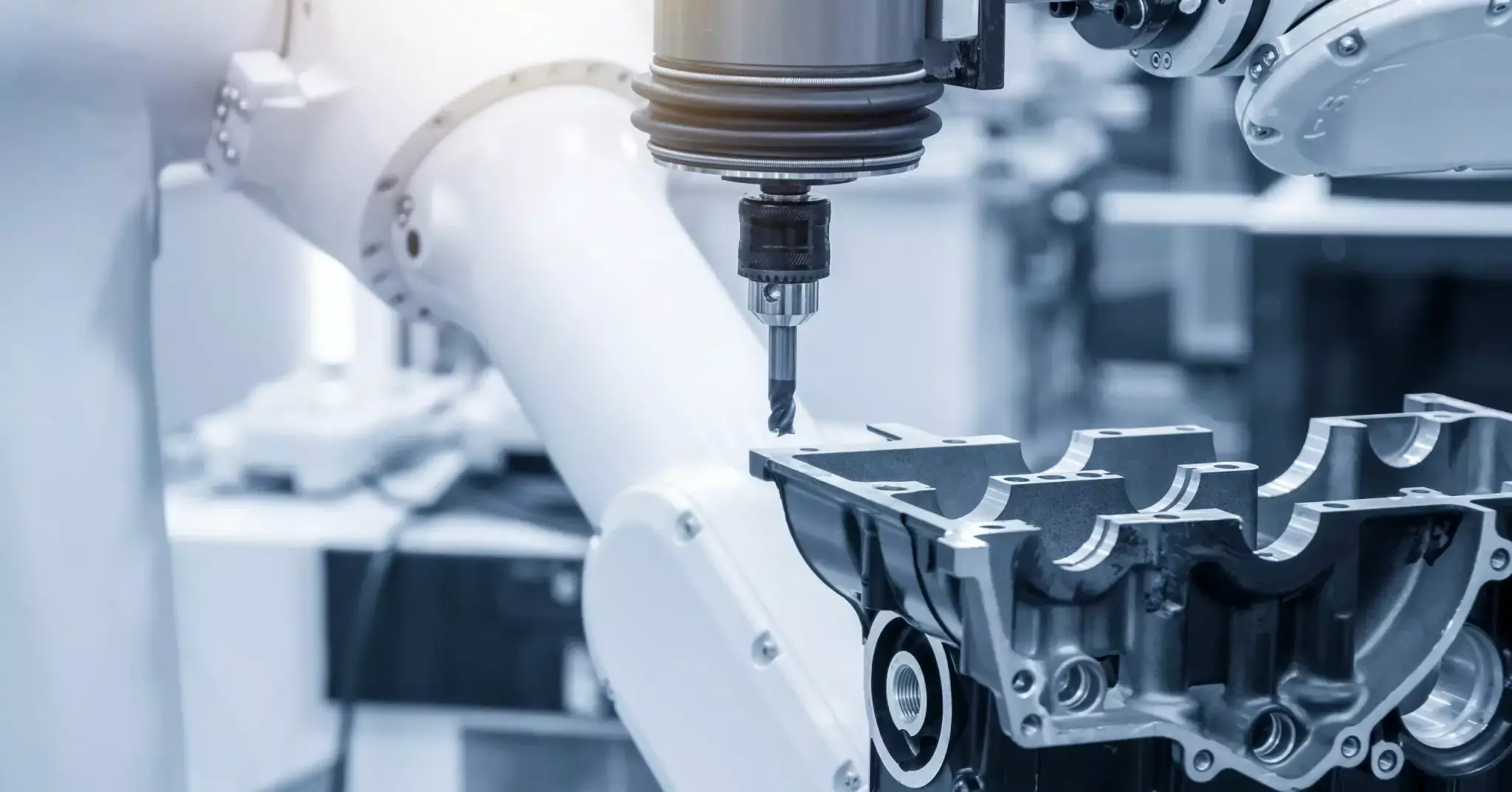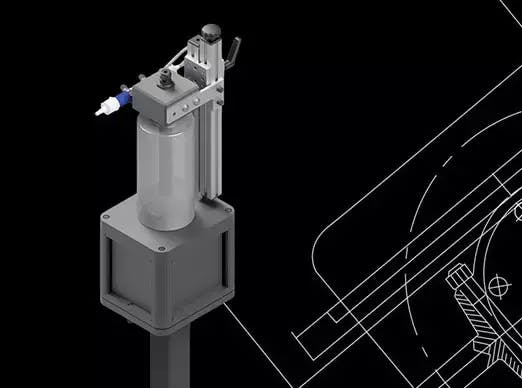What Is A Primer Used For in the Automotive Industry?
A primer is a substance that is used to prepare a surface for the application of a coating, such as an adhesive or paint. Its purpose is to clean the substrate by removing contaminants, debris and particles that may cause imperfections in the coating.
The use of primers in automotive adhesive applications is critical in ensuring strong, long-lasting bonds between various components. Properly applied primers facilitate adhesion by promoting the chemical reaction between the adhesive and the surface to which it is applied, resulting in a robust bond that can withstand the stress and strain of everyday driving conditions.
Depending on the type of substrate and coating being used, there are various types of primers available. Some primers are designed specifically for metal substrates, while others are formulated for use on plastic or other non-metallic surfaces. Similarly, some primers are intended for use with specific types of coatings, such as epoxy or polyurethane.
Body Primers
Automotive body primer is formulated for use on metal substrates, such as the body of a car, to promote adhesion and improve corrosion resistance. It helps to create a smooth and uniform surface that’s ready for the application of paint or other coatings.
Body primers contain a mixture of solvent and solids and are black in color, requiring constant agitation to keep the solids suspended in the solvent. Failure to do so may cause blockages in the applicator and result in incorrect primer formulation, leading to adhesive failure.
To address this, Designetics created the bottle holder with a stir plate that provides an air-tight seal, constantly agitating the primer and ensuring the primer works effectively. The applicator system’s HMI displays the bottle’s fill percentage, enabling operators to predict and replace the primer at the optimum time, minimizing disruption to production.
The bottle holder uses a magnetic impeller to agitate the primer through two methods: moving the internal steel ball within the bottle or a magnetic “pill” placed inside the bottle. Proper application of body primer is also crucial as it can be difficult to remove once misapplied. Such errors commonly lead to productivity disruption, scrap rates increase, and higher production costs.
Glass Primers
A glass primer is designed for use on glass surfaces and serves to enhance the adhesion of the adhesive used to bond the glass to other components, such as a car’s body. Glass primers are typically formulated with adhesion promoters and other additives to improve the strength of the bond between the glass and the adhesive. They are often clear in color, allowing the primer to blend in with the glass surface and not affect the final appearance.
Applying primers to automotive glass presents unique challenges due to the smoothness of the glass surface and the importance of achieving optimal aesthetics. The process for glass primer application involves two steps: First a clear, solvent-based fluid is applied to act as a cleaner or activator. Next, a black primer is applied.
The clear fluid must be applied evenly and in a small amount to ensure quick drying. However, it also needs to be applied in an amount that will be effective, as per the chemical manufacturer’s instructions and the chemical’s Technical Data Sheet (TDS). The clear fluid must “flash off” (dry) completely before the application of black primer. Excessive application of the clear fluid can significantly increase cycle times, since flash-off time is a gating factor in the application process.
When applying black primer, using only the necessary pressure for the fluid and applicator is essential. Too much pressure can lead to the “snow plow effect.” This occurs when the downforce applied during the application process is too great, causing primer build-up on the edges of the application, leaving streaks in the middle, and much thicker primer layers at the ends. The snow-plow effect is particularly detrimental, leading to the delamination of glass bonding.

How Does Primer Help with Adhesion?
Primers promote proper adhesion between a substrate and a coating or adhesive. When applied to a surface, a primer creates a chemical and/or mechanical bond between the substrate and the coating, allowing the coating to adhere more effectively to the substrate.
Primers typically contain adhesion promoters that work to chemically react with the substrate’s surface, creating a stronger and more durable bond. Additionally, primers can improve the wettability of the surface, which allows the coating or adhesive to spread out more uniformly and form a better bond.
In some cases, primers can also physically modify the surface of the substrate, creating microscopic pits or roughness that provide more surface area for the coating or adhesive to bond to. This mechanical interlocking improves the bond strength and can help prevent the coating or adhesive from peeling or flaking off the substrate.
Benefits of Adhesive Bonding Primer
- Enhanced Adhesion: Adhesive bonding primers contain adhesion promoters that chemically react with the substrate’s surface, creating a cleaner, stronger and more durable bond between the substrate and the coating or adhesive. This enhanced adhesion helps to improve the overall performance and longevity of the coated or bonded assembly.
- Increased Durability: Adhesive bonding primers help to create an optimal bond between substrate and coating or adhesive, resulting in increased durability and resistance to wear and tear. This is particularly important in industrial settings where the bonded assembly may be subjected to harsh conditions.
- Improved Corrosion Resistance: Adhesive bonding primers also help to improve the corrosion resistance of the coated or bonded assembly. By creating a protective barrier between the substrate and the environment, adhesive bonding primers can help to prevent the substrate from corroding or rusting over time.
- Better Paint Adhesion: Adhesive bonding primers are also useful in the automotive industry, where they can be used to promote the adhesion of paint to the body of a car. By creating a smooth and uniform surface, adhesive bonding primers help to improve the paint’s adhesion and prevent peeling or flaking over time.
How to Use Auto Body Adhesion
Auto body primer application is a vital step in the automotive refinishing process that helps to create a smooth and uniform surface for the topcoat to adhere to. Here are some expert tips on how to apply automotive body primer effectively:
- Prepare the surface: Before applying the primer, it’s essential to prepare the surface by cleaning it thoroughly and removing any rust, oil, or debris that may interfere with the adhesion process. Sand the surface with fine-grit sandpaper to create a smooth and uniform surface for the primer to adhere to.
- Choose the right primer: Select a high-quality auto-body primer that is suitable for the type of substrate you are working with, such as metal, plastic, or fiberglass. Consider the color of the primer as well, as it may affect the final appearance of the topcoat.
- Apply the primer: Follow the manufacturer’s instructions for mixing and applying the primer. Use a spray gun or a brush to apply the primer in thin, even coats, overlapping each pass slightly to create a uniform coverage. Allow the primer to dry completely before sanding it with fine-grit sandpaper to create a smooth and uniform surface for the topcoat.
- Inspect the surface: Once the primer is dry, inspect the surface for any imperfections or areas that may require additional sanding or filling. Address these issues before applying the topcoat to ensure a high-quality and professional-looking finish.
Conclusion
In conclusion, primer applications play a crucial role in the adhesion of various components in the automotive industry. With advancements in technology, the use of adhesives is increasing in the automotive sector, replacing traditional methods such as welding and riveting. However, for adhesives to work effectively, the substrate’s surface must be adequately prepared and primed.
Applying a primer helps to promote adhesion, increase durability, improve corrosion resistance, and enhance the overall aesthetics of the final product. It is essential to select the right primer for each specific application and ensure proper surface preparation and application techniques to achieve the desired results. By using primer applications in the automotive industry, manufacturers can produce high-quality and long-lasting vehicles that meet strict safety, durability, and aesthetic standards.
Ready to Enhance Your Primer Application Process?
Choosing the best applicator for primer application in the automotive industry depends on various factors. At Designetics, our team of regional sales representatives and engineers have extensive knowledge and experience to help you select the most suitable applicator for your specific requirements. We take into account technical, quality, and aesthetic factors, such as the primer’s viscosity and drying time, and the substrate to ensure accurate and repeatable delivery of primer.
With thousands of proprietary fluid applicators, we can provide a wide range of solutions for almost any requirement. Additionally, we can design custom applicators and automated systems to meet your specific needs. Whether you need to improve production time, reduce waste, or transition from a manual to a semi-automated or automated fluid application process, Designetics is committed to providing complete solutions.
If you want to learn more about our fluid applicators and automated systems, please don’t hesitate to contact us. Our team is ready to assist you and ensure that you get the best applicator solution for your primer application.
